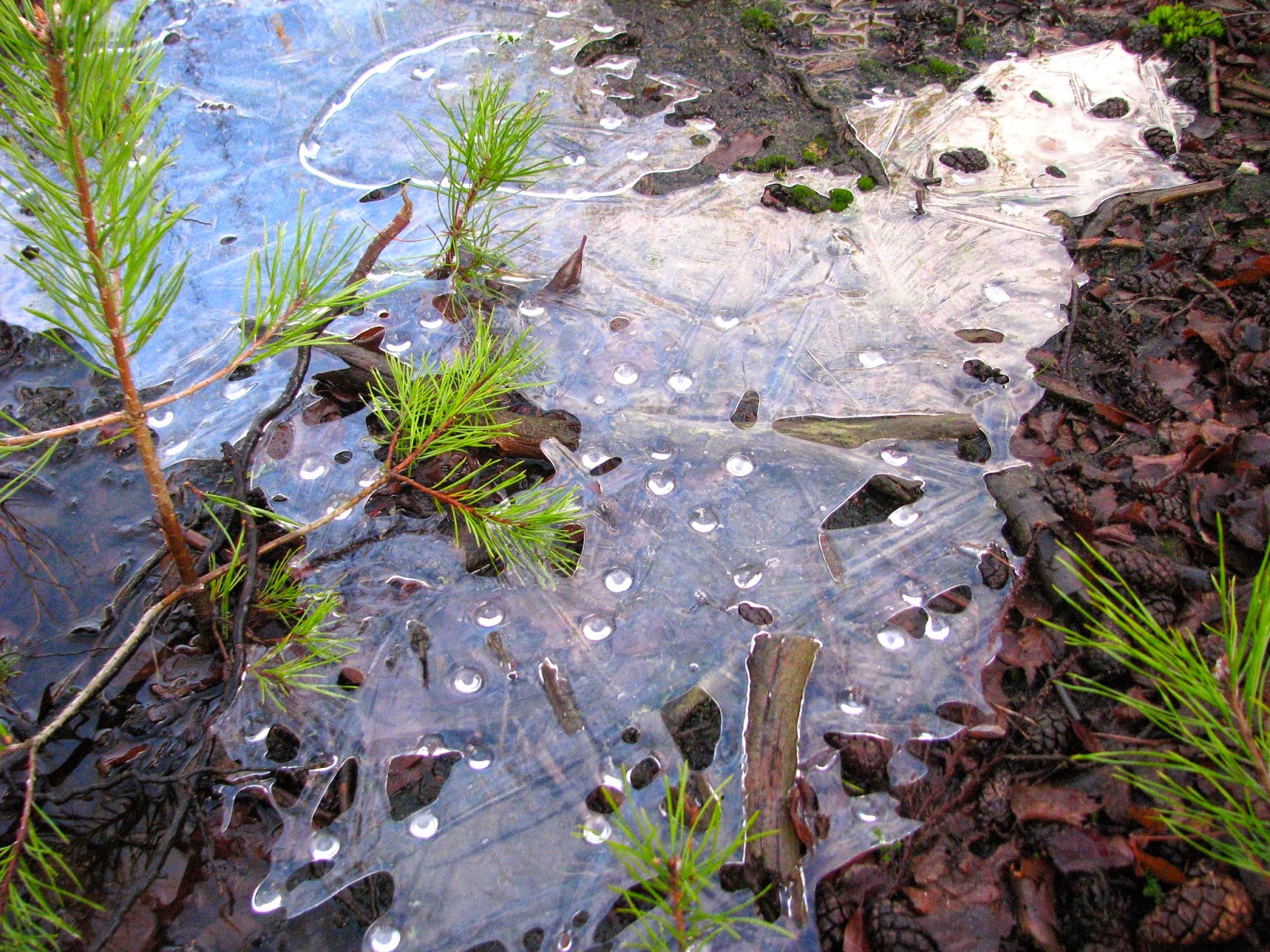Earlier this week I went to Iping Common. I didn't see the wintering Great Grey Shrike this time (although I hadn't actually taken any binoculars) but turning over logs and leaves located some nice species.
First up were two Seven-spot Ladybirds sheltering in a pine sapling.
Moss. It's very attractive and artistic......
Frozen water droplets under the ice. A new one on me.
Birch Shield-bug looking pretty torpid. Found sitting between Sweet Chestnut leaves.
Cocoon of an unknown moth
Centipede, Lithobius variegatus. The stripey legs are diagnostic.





























